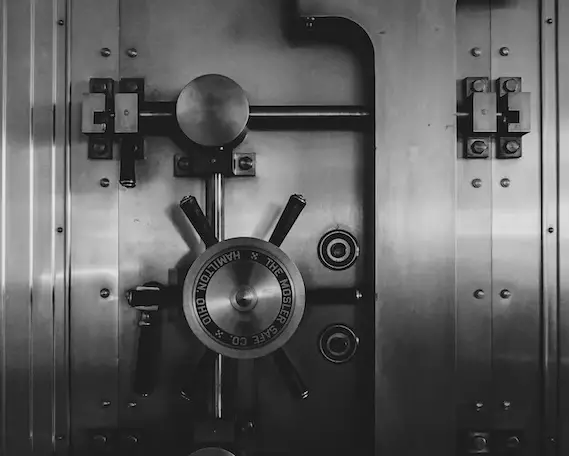As banking customers have continued to move their assets around in search of higher returns, three of the biggest US financial groups, Charles Schwab, State Street, and M&T were forced to endure almost $60 billion in combined deposit outflows.
The flight of deposits was given a boost by the banking crisis which was ignited when Silicon Valley Bank collapsed, followed shortly thereafter by the collapse of Signature Bank. Following that turmoil, the outflow of deposits moved at a record pace last seen immediately following the 2008 financial crisis.
Adding to the turmoil for old-school traditional banks, Apple and Goldman Sachs announced on Monday they were teaming up to launch a new savings account in the US which will offer a market-leading 4.15% per year interest rate.
Following the aggressive path of interest rate hikes followed by the US Federal Reserve in its battle with price inflation, bank customers in the US have been pulling their cash from bank accounts, with their now comparatively low yields, and moving their deposits into money market funds or Treasuries, with superior rates of return. Whereas the average bank account savings rate is roughly 0.37% according to data from the government, the Federal Reserve’s benchmark rate is 4.75% to 5%.
On Monday, Schwab said that its deposits had declined by $41 billion, or 11% in the first quarter of the year, and year on year, the decline was 30%, to $325.7 billion.
State Street reported that its deposits fell by 5% in the first quarter, to $224 billion, a larger fall than expected, and it said it expected to see $4 billion to $5 billion in additional non-interest-bearing deposit outflows in the second quarter.
M&T reported that it had experienced a 3% fall in total deposits, bringing total deposits down from $163.5 billion at the end of December of 2022, to $159.1 billion.
The news of the deposit outflows, reported in first-quarter earnings reports, made for an uneasy beginning to a week in which dozens of regional and mid-sized banks will announce quarterly results, which are expected to reveal exactly how much damage was done to the sector following the collapse of Silicon Valley Bank and Signature Bank.
Last week the larger banks, such as JPMorgan Chase, Wells Fargo and Citigroup, revealed they had seen billions of dollars of inflows, as customers took their deposits and fled smaller regional banks, heading to banks which were perceived as “too big to fail.”
After it reported that quarterly profits has missed expectations, and its fees were hammered by reduced assets under management in its investment division, State Street saw its shares fall by over 9% in New York.
Ron O’Hanley, chief executive of State Street, said the falling prices of the bank’s shares “show the sensitivity among investors [because] there was so much volatility” in deposit levels at banks.
Schwab’s report showed profits came in better than expected, however the company still paused a stock buyback.
The rise in interest rates has been so steep that even the traditionally calm and measured customer base of Schwab’s investors pulled their cash from its bank (where cash only produced a 0.45% return) at such a rate that Schwab had to borrow at high rates to cover the outflows.
Walt Bettinger, Schwab’s chief executive, said, “We’re not oblivious. We know that we have driven much of what has gone on that has affected our near-term earnings.”
Although bank deposits declined at Schwab, its money market funds grew 150% year over year to $358 billion, from $143 billion one year prior, while growing 30% just since the end of 2022.
Buffalo, New York-based lender M&T outperformed analyst estimates on net interest income, the difference between the amount of interest it offers on deposits, compared to what it charges others for loans. M&T shares rose nearly 8%.

